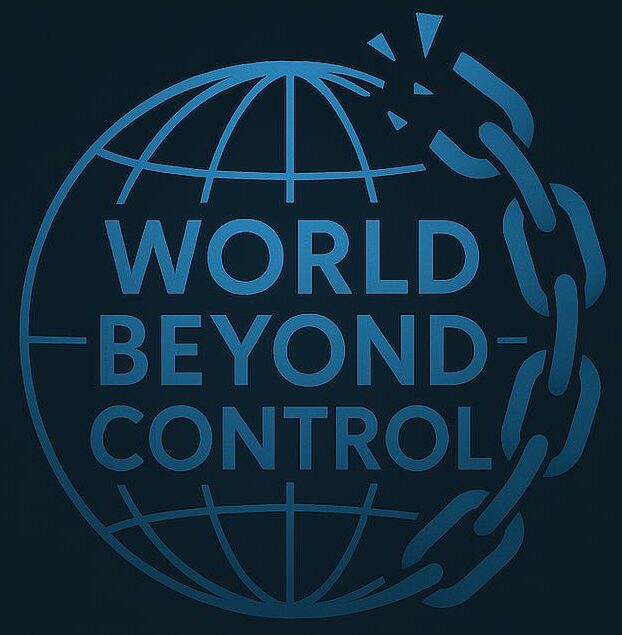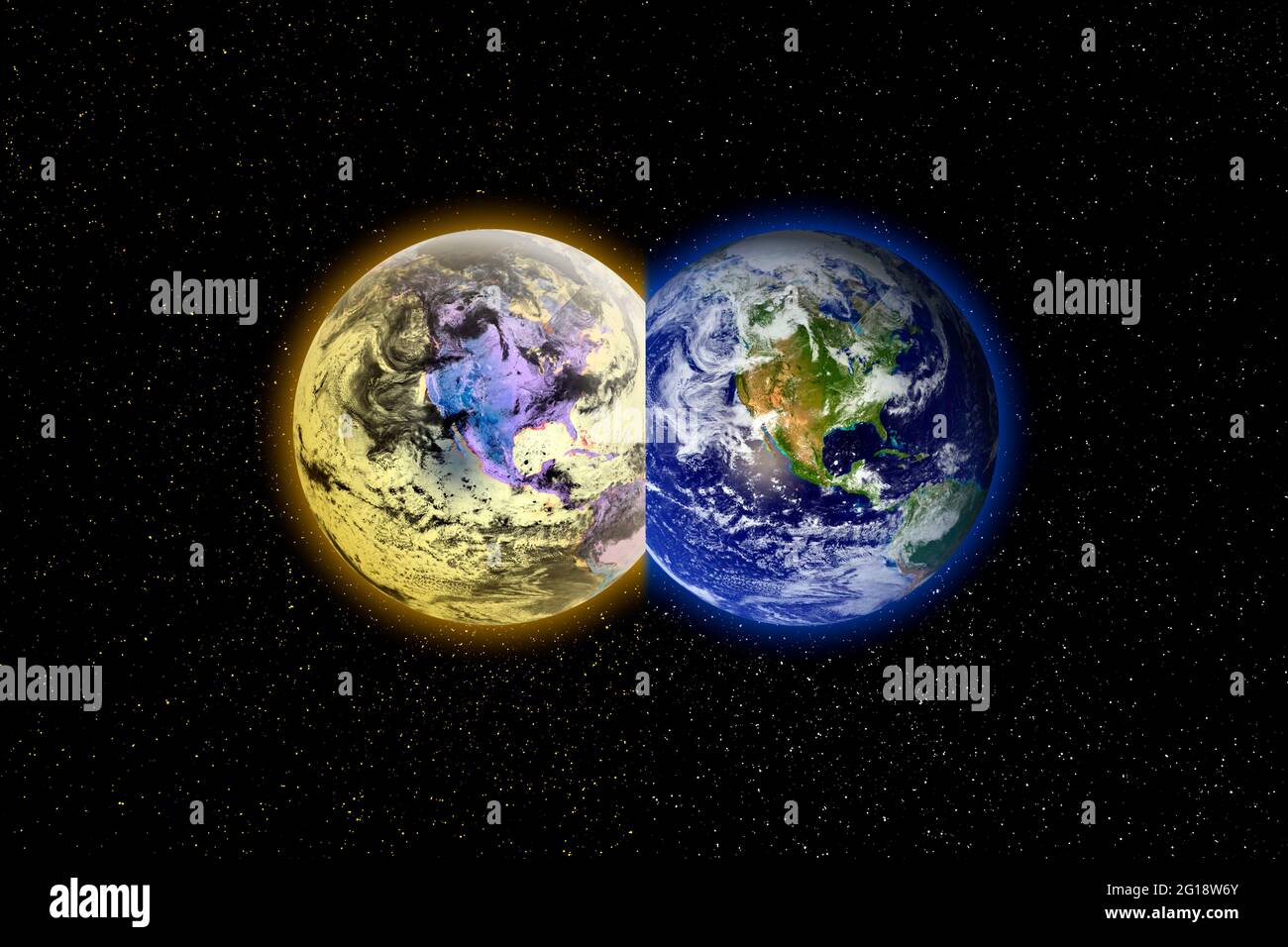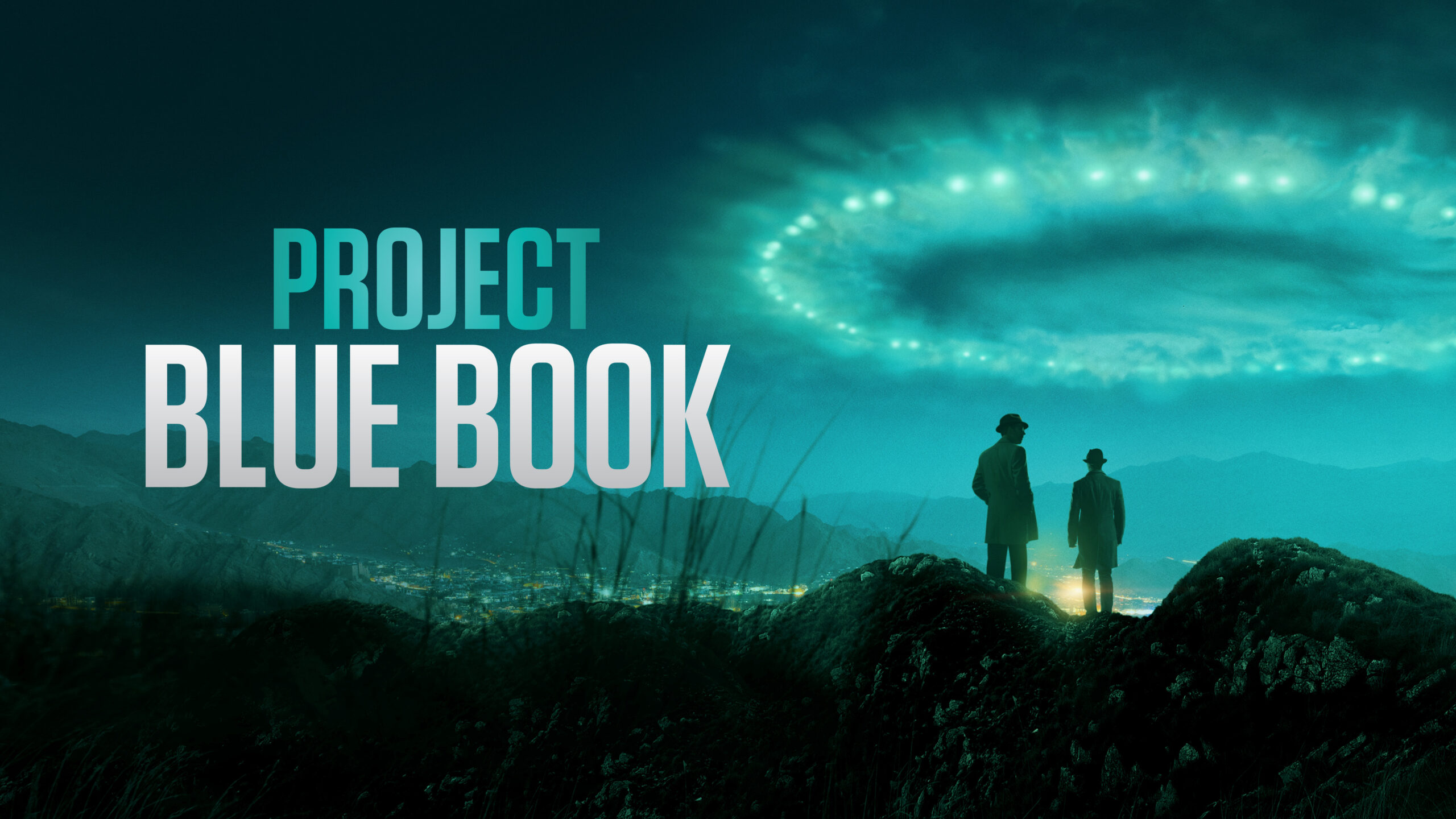🧠 Parallel Dimension: Unlocking the Mystery of Alternate Realities
Parallel Dimension: Reveal the Mystery of Alternate Realities
Have you ever dreamed something so vividly that it felt like you were remembering it? Or experienced a moment that felt curiously familiar, even though it couldn’t possibly have happened before? Experiences like these have us wondering—what if there are parallel universes? Join us in the mind-bending realm of the parallel dimension—a theory that’s as captivating as it is controversial
In this article, we’re going to look at what exactly a parallel dimension is, and how science and philosophy have it defined, as well as the reasons why many people today believe that we may not be alone in our universe
Table of Contents
🔍 What Is a Parallel Dimension?
A parallel universe, alternatively known as an alternate universe or parallel reality, is a theoretical isolated world existing in tandem with our own. It may possess different physical laws, timelines, histories—or even different versions of us living entirely different lives.
Think of it in those terms: think of life as a tree. Your current reality is the trunk, but every decision or chance occurrence creates a branch. A parallel universe would be another branch—growing alongside yours, but not visible to our eyes.
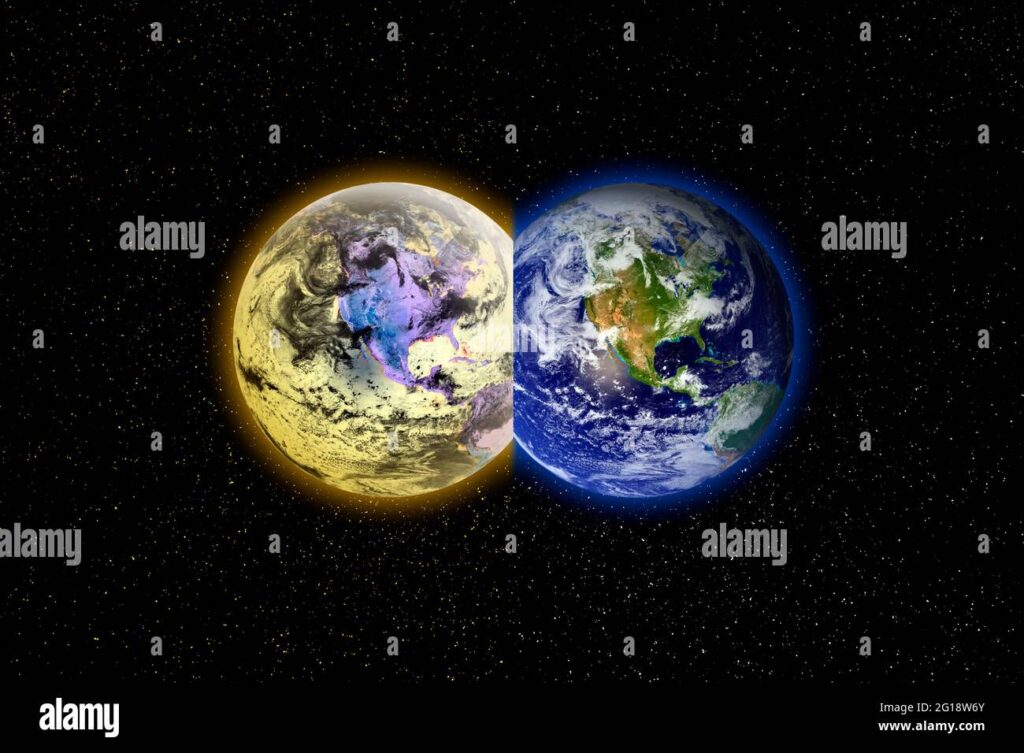
🧪 The Science Behind Parallel Dimensions
Let’s be clear: the concept of parallel worlds is not merely science fiction—it’s an idea founded on intense scientific theory. While we can’t yet show that they do exist, various theories in physics indicate the probability.
🔬 1. The Many-Worlds Interpretation (Quantum Mechanics);
One of the most compelling scientific ideas behind the parallel dimension theory comes from quantum physics. The Many-Worlds Interpretation, first proposed by physicist Hugh Everett in 1957, suggests that all possible outcomes of a quantum event actually occur—in separate, non-communicating branches of reality.
In simple terms: every time you make a decision, reality splits. In one world, you chose to study medicine. In another, you became a musician. These are not imaginary “what-ifs”—they’re actual, fully formed realities that exist in parallel.
🌌 2. String Theory and Extra Dimensions
The other leading theory is String Theory, which postulates that the universe is made up of incredibly small, vibrating energy strings. But for these strings to function mathematically, there must be more than the four dimensions we know (length, width, depth, and time). Certain versions of the theory have 10 or 11 dimensions, some of which would be humongous and parallel to ours.
These directions could be outside of our own sight, but they could have whole universes with different laws of physics. In these realities, the gravity might be less strong, time might pass differently, or life could be something other than our own.
💥 3. Cosmic Inflation and the Multiverse
The inflation theory, which explains the universe’s acceleration of growth after the Big Bang, also brings up the idea of a multiverse. When inflation happened more than once—or more than once in different places—it could have created an infinite number of “bubble universes,” each with their own set of rules and timeline. These are not merely far-off areas of space—they could be part of a greater cosmic plan where each bubble is a separate parallel dimension.
🧘 Philosophical and Spiritual Views
While science gives us formulas and theories, spirituality and philosophy have also been contemplating the idea of multiple worlds or planes of existence for a long time.
In Hinduism, the theory of “lokas” is all about different worlds existing together. Tibetan Buddhism talks about different planes of consciousness. Even in Western philosophy, philosophers like Plato believed in a world of perfect forms—another reality that exists outside of our physical senses.
The concept of a parallel universe is not new. It’s one of the very deeply ingrained aspects of human perception, and it cuts across cultures and time.
🧠 Everyday Experiences That Feel “Otherworldly”
You don’t need a degree in physics to be attracted to this theory. Familiar, mundane experiences tend to create curiosity regarding alternate realities.
🔁 1. Déjà Vu
That strange feeling of already experiencing a moment is more than an intellectual stutter. Certain scientists believe déjà vu may be a momentary crossover between two parallel worlds—a glitch when your consciousness “syncs” with an alternative you.
🧍♂️ 2. The Mandela Effect
The Mandela Effect is where a collective of people have a false memory, for example, that Nelson Mandela died in prison, when actually he didn’t. Others include the Berenstein/Berenstain Bears confusion or the Monopoly Man having a monocle (he doesn’t). Perhaps these are signs of minute dimensional shifts?
🛌 3. Hyper-Realistic Dreams
Have you ever woken from a dream that your life had been totally different—but it was real? A few people believe dreams could be portals to another version of ourselves in an alternative universe, in which our brain briefly interfaces another reality.
🎥 Parallel Dimensions in Pop Culture
Science fiction has been flirting with the concept of parallel worlds for decades. From Marvel’s multiverse to Christopher Nolan’s Interstellar, alternate worlds propel some of our favorite contemporary tales.
- TV shows like Stranger Things depict unseen worlds just inches away from our own.
- Movies like Everything Everywhere All at Once venture into the chaos and amazement of infinite versions of life.
- Books like Dark Matter by Blake Crouch explore the emotional weight of leaping from lives that could’ve been
They stick with us because they’re asking questions we all have: What if something had been different? What if I got another shot?
❓ Could Parallel Dimensions Explain the Supernatural?
Ghost theories, time slips, and spiritual experiences might be explained by parallel dimensions too.
- Ghost sightings could be bleed-throughs from other dimensions of existence, and not deceased spirits.
- Time out-of-place events or lost time incidents, often described by UFO witnesses, could be times when one inadvertently enters a parallel dimension for a moment.
- Near-death experiences and religious visions sometimes report things way beyond anything in this world.
None of these are guarantees, certainly, but they add to the enigma—and could be puzzle pieces to an enormously larger one.
🧭 So, Do Parallel Dimensions Really Exist?
The straightforward answer: we have no idea. That doesn’t diminish the question by any means, however. The parallel dimensions hypothesis defies all that we perceive as reality concerning life, self, and what reality actually is.
If they do exist:
- Could we possibly travel between them?
- Are some people more sensitive to other dimensions?
- Could understanding them solve mysteries like consciousness or time?
Science is still discovering. Philosophy continues to inquire. And tales continue to dream. Whether true or false, the notion of an alternate dimension compels us to consider greater, to ponder deeper, and to remain curious about the enormous unknown.
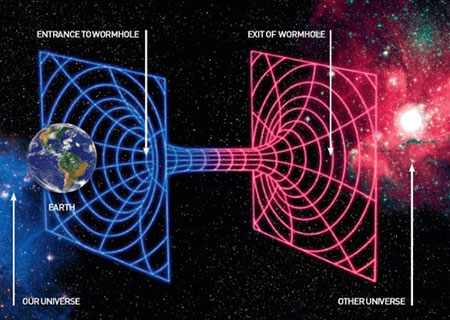
🧠 Final Thoughts
The universe can be far more intricate than we’re seeing. Suppose your highest hope, your darkest fear, or your persistent “what if” is actually happening—now—in another reality?
You might never meet your parallel you. But the potential of a parallel universe is a door (or doors) of opportunity. And in a growing universe where anything is possible, who knows what’s truly not?
